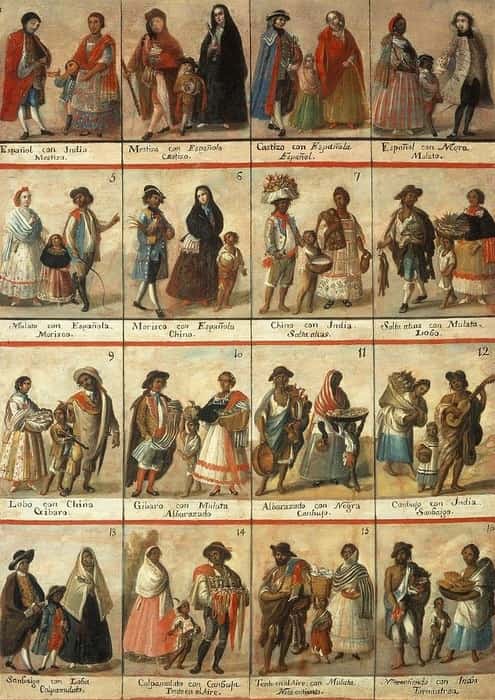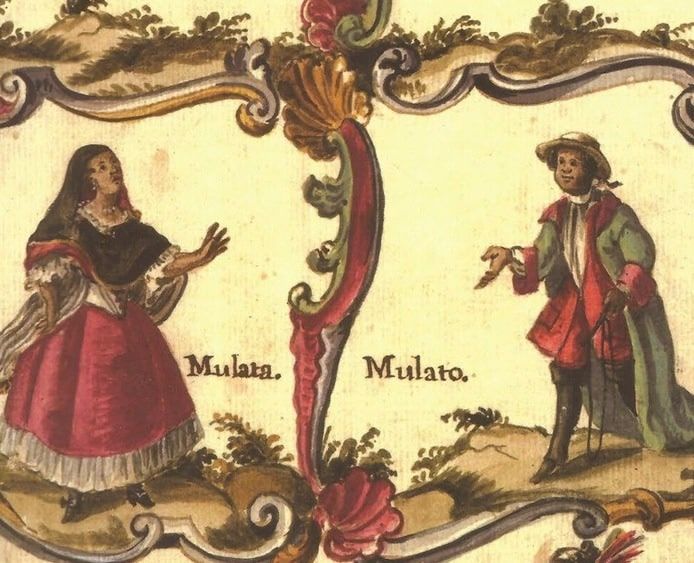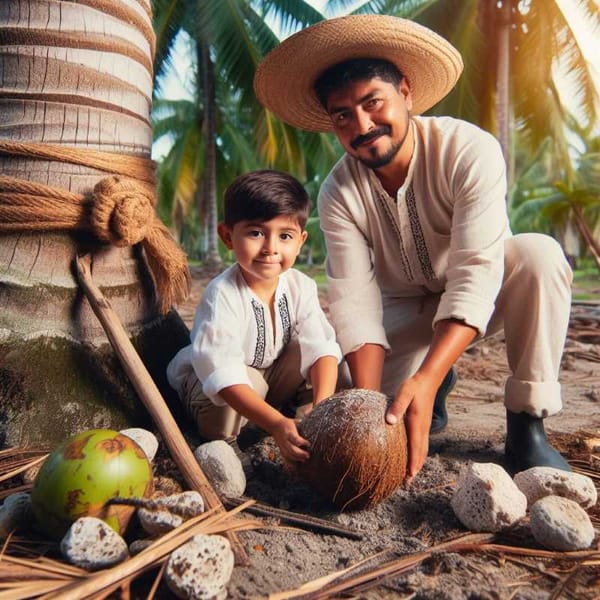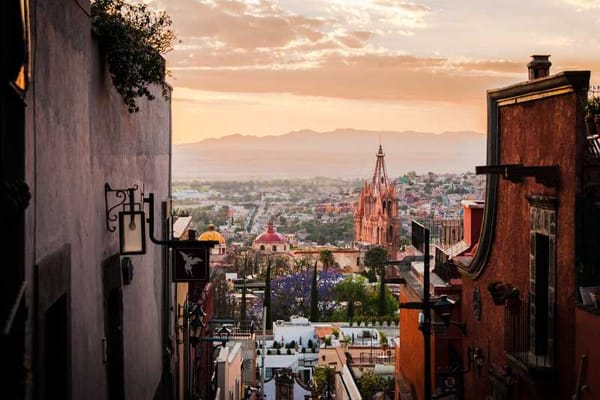Slavery of Africans and Afro-descendants in New Spain
It is estimated that between the sixteenth and late nineteenth centuries about 12.5 million Africans were forcibly removed from their homelands and brought to America to be sold and perform forced labor of various kinds.

The forced labor to which African people were subjected was very diverse and depended on the interests and occupations of those who bought them and displayed themselves as their "masters". It is estimated that between the sixteenth and late nineteenth centuries about 12.5 million Africans were forcibly removed from their homelands and brought to America to be sold and perform forced labour of various kinds. This transatlantic slave trade of African origin was part of a larger slave system based on racism and colonialism that gave rise to what is considered the largest forced movement in history.
The Portuguese exploration of Africa and the establishment of trade centers in the territory gave rise to a strong demand for slaves that soon grew with the arrival of Europeans to America, as their arrival required large quantities of labor to be used in plantations, work in mines or domestic work. Slaves were marked and transported in ships under unhealthy and inhuman contexts, which, together with various diseases, resulted in a high number of deaths of Africans who did not survive the extreme conditions.
Among the arrival destinations of enslaved Africans, who were kidnapped in their communities and sold to workplaces where they were later commercialized to undertake the transatlantic journey, were South America, the Caribbean and of course New Spain. In this case, some records show a strong link between Veracruz and Africa, since this access door represented an important piece in the navigation routes of the slave trade system.
The presence in the "New World" of enslaved people from Africa is preceded by the integration of these slaves into the Spanish army after the arrival of the conquistadors in America. Likewise, one of the reasons that drove the slave trade in New Spain was the demographic crisis that began towards the end of the first half of the sixteenth century, when pandemics broke out in the Colony that caused the death of thousands of indigenous people throughout the territory, causing that at the beginning of the seventeenth century the number of original settlers was drastically reduced, which meant for the Spaniards of the Colony scarce sources of labor, a lack that was compensated with the arrival of African slaves.
The forced labor to which African people were subjected was very diverse and depended on the interests and occupations of those who bought them and displayed themselves as their "masters". The chores ranged from domestic chores, tasks on plantations and functions such as pages (in the case of children), to slaves who were instructed in a trade to give the earnings generated by their work to their masters. The presence of African people in the complex New-Hispanic society originated not only the encounter and cultural exchange between Indians and Africans, and Spaniards and Africans, but also the mestizaje, as well as the intentions of the Spaniards to reinforce a system of social stratification based on racism through the so-called castes, caused the creation of classification categories based on paternal and maternal phenotype and racial origin, thus giving rise to denominations such as "moriscos", "lobos", "pardos", "mulatos", "zambos" and "negros".

It is estimated that between 250,000 and 500,000 Africans entered the New Spain legally; however, the figure rises considerably if we take into account that there was a significant smuggling trade. These populations were well located during the viceroyalty through the species of New Spanish taxonomy based on the racism represented by the caste system. Later, with the formation of the Mexican State and the abolition of slavery as a result of Independence, African populations became invisible, despite the important contribution and participation in social, political and cultural matters in our country.
Likewise, some historical interpretations refer to Africans as the third root of Mexican society; however, these positions think and reduce Afro-Mexicans to a past integrated into the mestizaje, as if in the present the African people and their communities did not have a presence throughout the extensive Mexican territory, as if they were not political subjects and rights that are part and contribute to our society.
The complex relations that African populations established with other members of New Spanish society (European and indigenous); the obligations, rights, and mobility that African slaves had; the place that Africans occupied in the social fabric; as well as their impact and contribution to the culture, economy, and society of New Spain have been the subject of multiple analyses to better understand that forms of social stratification based on racism are not entirely part of the past and that history is constitutive of Mexican society, both in its rich cultural diversity and in its deep-rooted social inequalities.
An example of these efforts is that undertaken by María Elisa Velázquez Gutiérrez, an important anthropologist and researcher on the history and culture of Mexicans of African descent. Velázquez Gutiérrez's publications include Mujeres de origen africano en la capital novohispana, siglos XVII y XVIII (2006); Juan Correa, mulato libre, maestro de pintor (1998); Mujeres africanas y afrodescendientes: experiencias de esclavitud y libertad en América Latina y África (2016); as well as Debates históricos contemporáneos: africanos y afrodescendientes en México (2011).
This last text is organized under three axes, the first one the commerce and communication networks of the slave system, as well as its consequences in Africa and America; the second one focuses on the categories and denominations that have received the African slave and free population in America, and the third one focuses on the forms of the daily life of the populations of African descent. According to the author herself, the texts that make up this edition focus their attention on Africans and Afro-descendants as "social subjects immersed in new contexts and with the possibility of creating and participating in the formation of diverse and complex societies".




